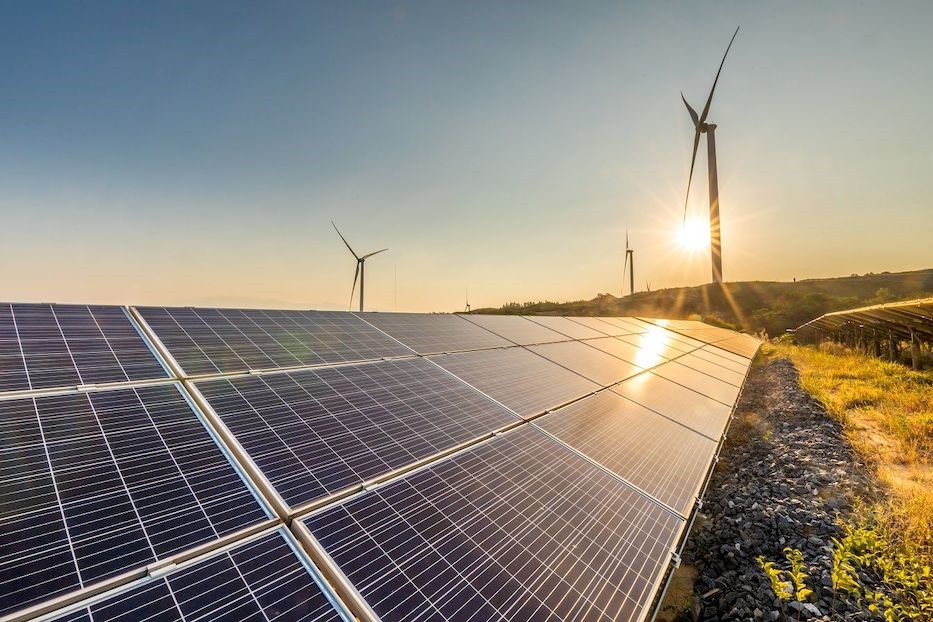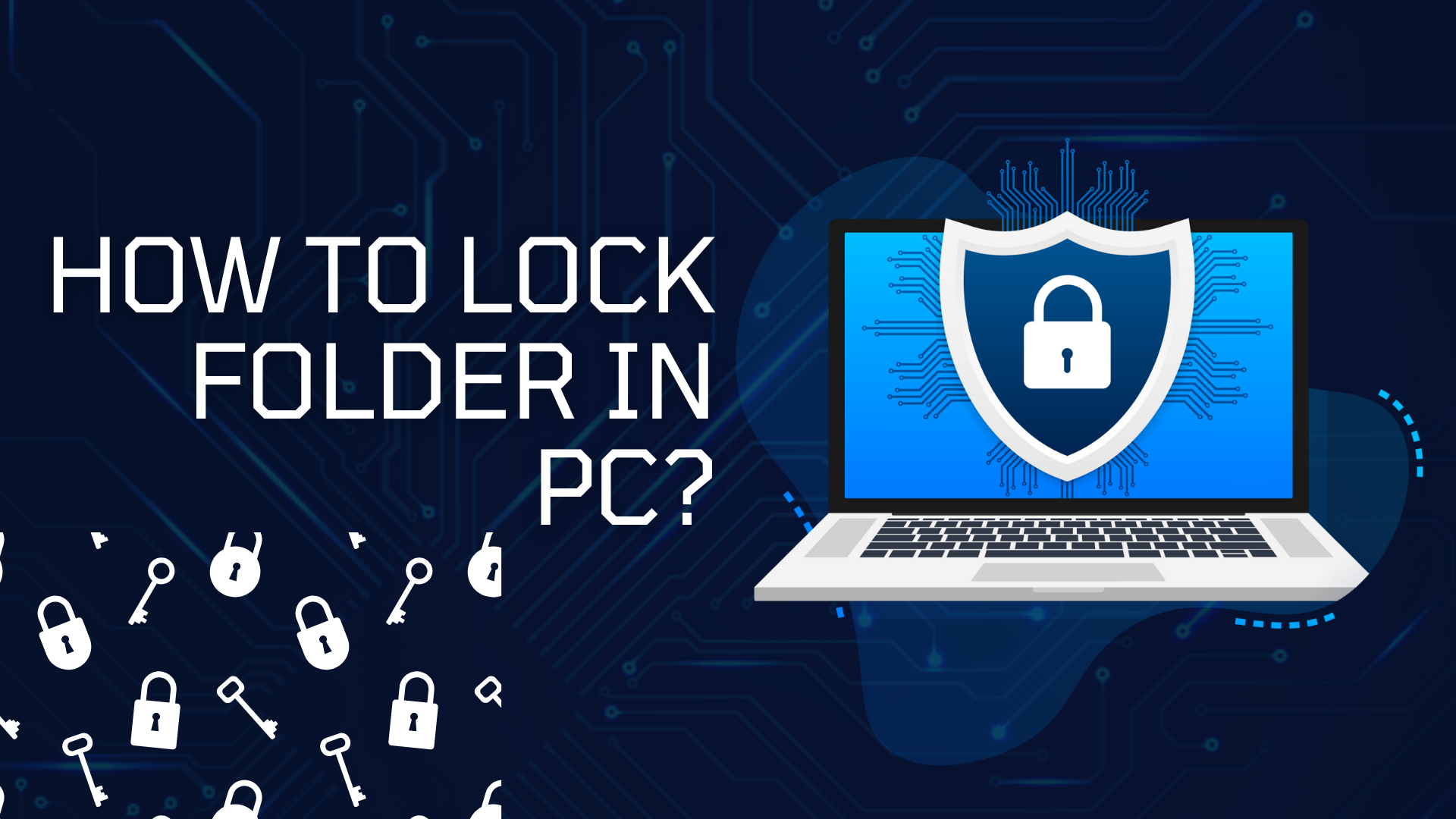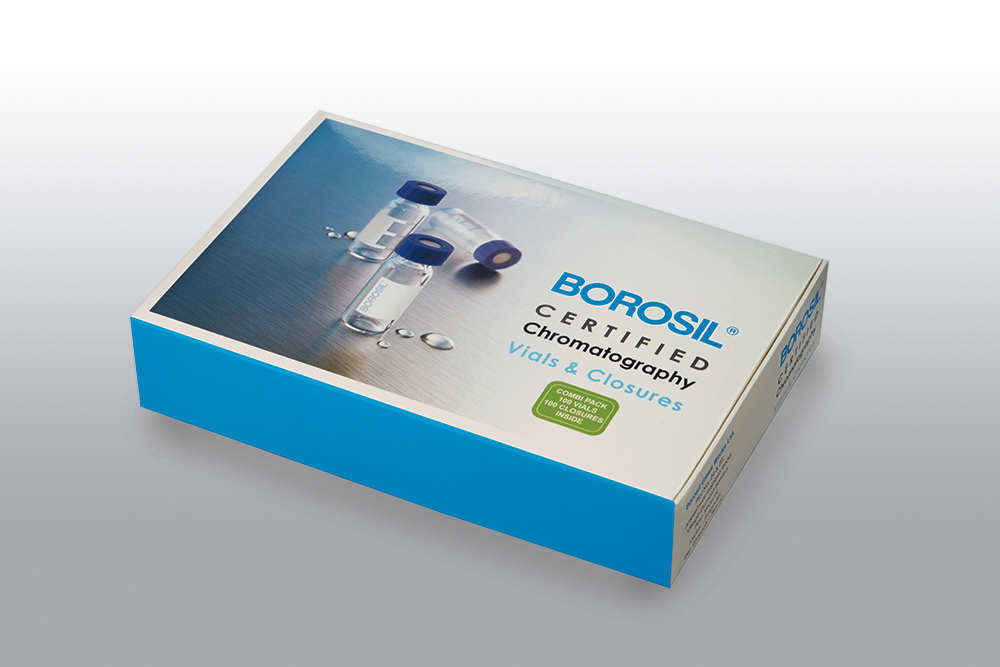Peru’s rapidly growing economy and surging population are increasing pressure on its national grid. Frequent load shedding, voltage fluctuations, and transmission bottlenecks in urban and rural areas highlight the urgent need for reliable, sustainable energy solutions. On grid solar systems offer a robust solution. By enabling homes and businesses to generate clean electricity locally and feed surplus power back into the grid, on grid solar systems can help smooth peak demand, reduce transmission losses, and improve overall grid stability. This article examines how Peru leverages grid-connected solar systems to build a more resilient energy infrastructure.
On grid solar systems: Enhancing Frequency and Voltage Stability
A key challenge facing Peru’s grid operator, COES, is maintaining consistent frequency and voltage across its grid from the coast of Lima to the Amazon hinterland. High penetration of intermittent renewable energy sources can sometimes exacerbate these issues, but well-designed grid-connected solar systems can provide ancillary grid services.
On grid inverters in modern residential and commercial systems can actively regulate voltage by injecting or absorbing reactive power, helping to smooth voltage dips during sudden load fluctuations. In addition, by scheduling reactive power reduction when solar output exceeds local demand, the system can help maintain a stable 50 Hz frequency. Thousands of distributed on grid solar system, when aggregated, form a virtual power plant (VPP) that supports grid stability without requiring additional backup power. From a practical perspective, a community of 200 residents, each equipped with a home-based on grid solar system, can mitigate grid disturbances by providing fast-acting voltage support.
Residential On grid Solar Systems: Empowering Homeowners and Microgrids
The residential sector is one of Peru’s most considerable untapped on grid solar resources. Homeowners can meet some of their electricity needs by installing a residential grid-connected solar system, offsetting daytime electricity use. Under Peru’s emerging net metering regulations, the remaining energy will flow back to the grid, earning credits that will lower monthly bills and incentivize more people to go solar.
In addition to cost savings, these home systems can be configured to operate in mini-microgrids during localized power outages. Combining on grid solar with a small battery bank (a hybrid grid-connected/off-grid solar system) can provide uninterruptible power to critical circuits while protecting sensitive electronic equipment from voltage sags. This allows communities of 10-20 households to share a standard solar + battery system, further improving local power reliability and reducing reliance on remote substations.
Reducing peak-time electricity demand stress
Peru’s commercial buildings, shopping centers, and manufacturing plants are the primary sources of peak midday electricity demand. Commercial on grid solar systems can offset a significant portion of this load, reducing peak loads and alleviating the burden on generation assets.
Large retailers in Arequipa have installed rooftop solar panels that meet up to 40% of their daytime energy needs. Selling excess power back to the grid during off-peak hours helps balance the load curve. Industrial parks around Callao are experimenting with on grid solar and demand response systems that automatically reduce non-critical loads when solar output drops, thereby maintaining overall plant stability without stopping production.
Diversifying the generation mix
Distributed solar helps stabilize the local power supply, and Peru’s domestic market benefits from utility-scale on grid solar systems. Large solar farms are directly connected to the transmission grid, enriching the generation mix and reducing reliance on hydropower, which can be vulnerable during droughts.
Projects in the Ica and Moquegua regions are taking advantage of ultra-high solar radiation to produce low-cost electricity, undercutting the capacity of diesel peaker plants. Grid operators dispatch these solar farms based on demand forecasts, helping them regulate system frequency and reduce the generation ramp rate of traditional generators. Integrating multiple utility-scale plants with synchronous condensers and battery energy storage systems can create large-scale virtual inertia, further enhancing grid stability. In addition, mixing utility-scale solar with wind and geothermal to form a hybrid complex can smooth overall fluctuations.
Incentivizing grid stability
Government incentives and regulatory frameworks are critical to the scale-up of solar integration in Peru. Peru’s Ministry of Energy and Mines has launched an auction program that reserves capacity specifically for distributed PV projects and rewards bidders that integrate innovative inverter functions and demand-side management.
Net metering regulations have been extended to systems below 500 kW, and feed-in tariff pilot projects are testing premium rates for installations that provide reactive power support. The newly adopted Technical Standard for Grid-Connected Photovoltaic Generators requires advanced inverter settings, such as low-frequency ride-through (LFRT) and voltage ride-through (VRT), to ensure that the inverter remains online and supports the grid during grid disturbances.
Ultimately
On grid solar system deployment has become a strategic imperative as Peru strives to meet growing electricity demand and mitigate the effects of climate change. From providing grid-connected solar systems for home users to supporting commercial, industrial, and utility-scale solar power generation, solar photovoltaics are reshaping the way Peru generates, distributes, and consumes electricity.



